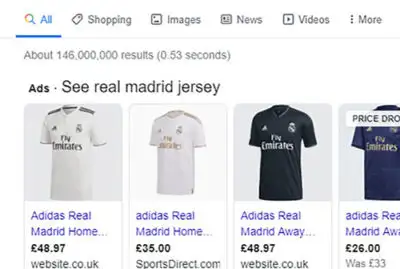There’s More To This Than Meets The Eye
At present, all Google Ads conversions are reported on a last-click basis. This means, if a user clicks on your Google ad and then makes a conversion action (lead, purchase etc.) on the site, Google will attribute the conversion to that last click.
Data-driven attribution will soon become the default attribution model for all new Google Ads conversion actions, and many existing advertisers will be moved to the new model. In other words, rather than just attributing the last click, Google will use machine learning to attribute the conversion to clicks and impressions throughout the customer’s journey to conversion.
Measurement, Tracking, & Cookies Are Changing
As privacy concerns grow and platforms limit what can be tracked, Google recognise they won’t be able to track every single conversion action. This hurts the perceived effectiveness of their ad platform. Modelling allows them to uphold the performance levels of Google Ads.
For those who can capture more user data and enable enhanced matching, Google has introduced ‘enhanced conversions‘ , which are less reliant on modelling and give a more accurate picture of conversions, much like Facebook CAPI does.
The move to data-driven attribution signals Google’s need for ‘enhanced’ conversion tracking, but also recognises that not all advertisers might (be able to) implement it.
Businesses that have access to tech expertise and can implement a full server-side solution will be able to better preserve conversion tracking accuracy, while data-driven modelling will be the only option for smaller businesses and those that don’t have access to such resources, unless they’re will to invest and get outside help.
About the Author
AccuraCast is a digital marketing agency focused on international growth. Founded in 2004. Specialists in generative AI engine optimization, social media marketing, search and programmatic display advertising and search engine optimisation in all major global languages to businesses worldwide. Offices in London, New York and Madrid.











